Exotic pets have become increasingly popular companions in homes worldwide, bringing unique joys and challenges to their owners. Unlike traditional pets like cats and dogs, exotic animals often have specialized health needs that can be overlooked or misunderstood by even the most well-intentioned caretakers. From nutritional deficiencies to stress-related conditions, these animals face distinct health challenges that require specialized knowledge and veterinary care. Understanding these common health problems is essential for current and prospective exotic pet owners to ensure their unusual companions live long, healthy, and happy lives. This article explores the top ten most common health issues affecting exotic pets, offering insights into prevention, recognition, and treatment options.
Metabolic Bone Disease in Reptiles
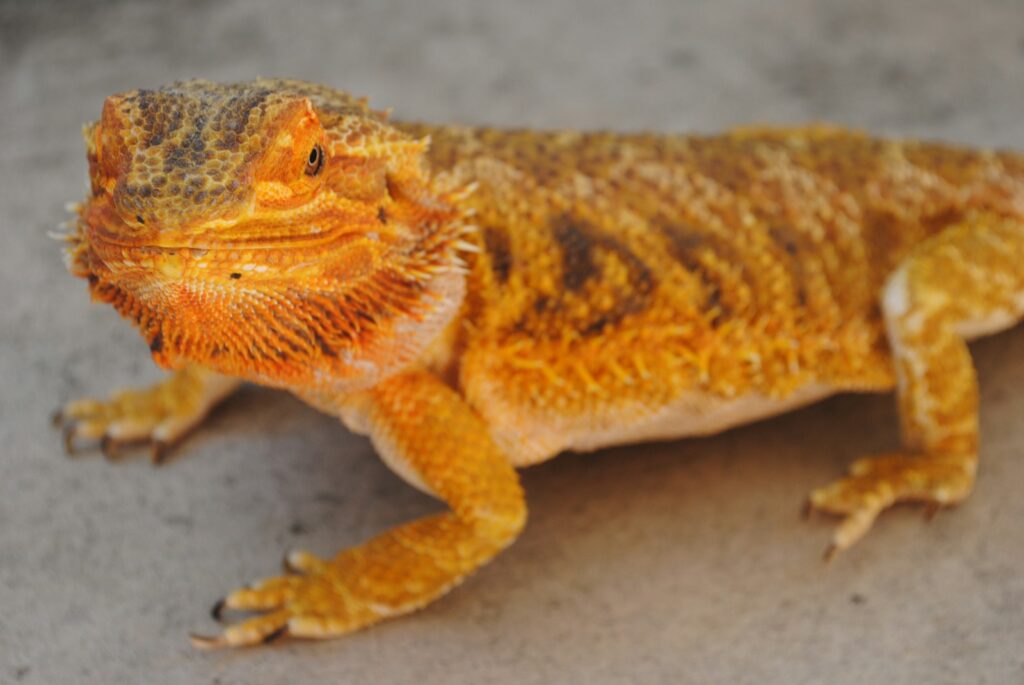
Metabolic Bone Disease (MBD) is perhaps the most prevalent serious health condition seen in captive reptiles, particularly iguanas, bearded dragons, and turtles. This painful and debilitating condition results from calcium deficiency, inadequate UVB exposure, or improper calcium-to-phosphorus ratios in the diet, causing bones to become soft, deformed, and prone to fractures. Symptoms include swollen limbs, softened jaw, tremors, difficulty moving, and in severe cases, paralysis or death. Prevention involves providing proper UVB lighting that’s replaced regularly (every 6-12 months), offering calcium supplements as directed by an exotic veterinarian, and formulating a balanced diet specific to the species. Early intervention is critical, as advanced cases may result in permanent skeletal deformities even with treatment.
Respiratory Infections in Birds
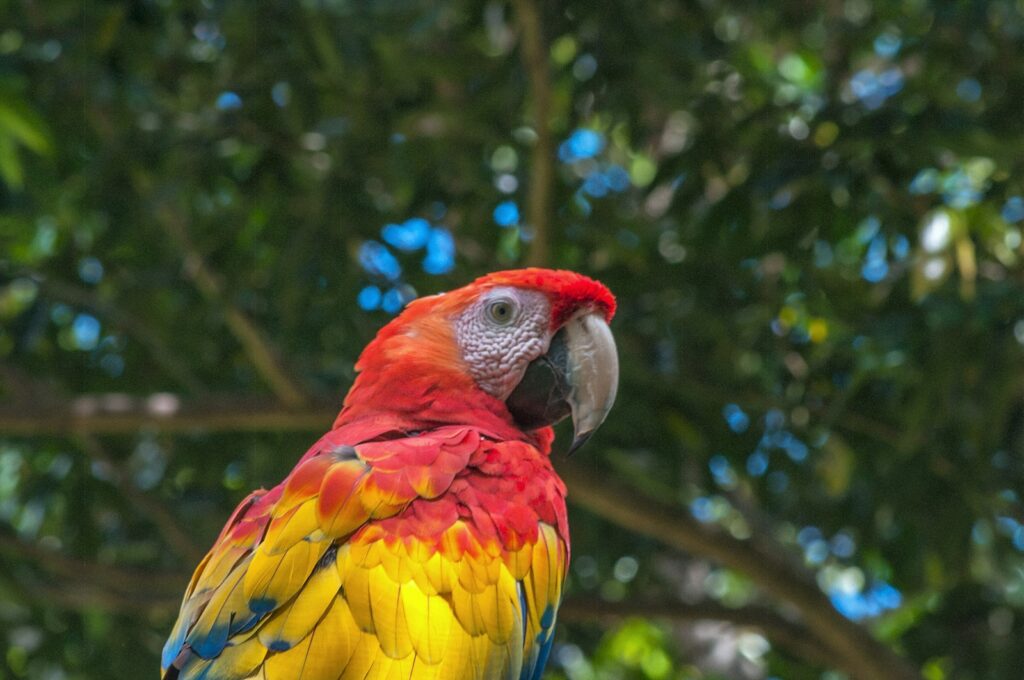
Exotic birds commonly suffer from respiratory infections, which can quickly become life-threatening in these sensitive creatures. These infections may be bacterial, fungal, or viral in nature, with symptoms including labored breathing, tail bobbing, nasal discharge, wheezing, voice changes, and lethargy. Environmental factors often contribute to respiratory problems, including poor ventilation, cigarette smoke, aerosol sprays, scented candles, non-stick cookware fumes, and dramatic temperature fluctuations. Birds naturally hide illness as a survival mechanism, making respiratory infections particularly dangerous as owners may not notice symptoms until the condition is advanced. Treatment typically involves antibiotics, antifungals, or supportive care prescribed by an avian veterinarian, along with increasing humidity and ensuring warm, clean housing during recovery.
Nutritional Deficiencies in Exotic Mammals

Small exotic mammals like sugar gliders, hedgehogs, and ferrets frequently suffer from nutritional deficiencies due to improper diet formulation. Each species has specific dietary requirements that differ significantly from traditional pets, and commercial pet stores often provide incomplete or inaccurate feeding guidance. For instance, sugar gliders require a complex diet with specific calcium-to-phosphorus ratios, while hedgehogs need precisely balanced protein levels to prevent obesity and kidney problems. Signs of nutritional deficiencies include weight loss, lethargy, poor coat quality, dental problems, weakened immune systems, and metabolic disorders. Consulting with an exotic pet veterinarian to develop a species-specific diet plan is essential, as these deficiencies can lead to serious conditions like hind limb paralysis in sugar gliders or fatty liver disease in ferrets when left uncorrected.
Parasitic Infections Across Species
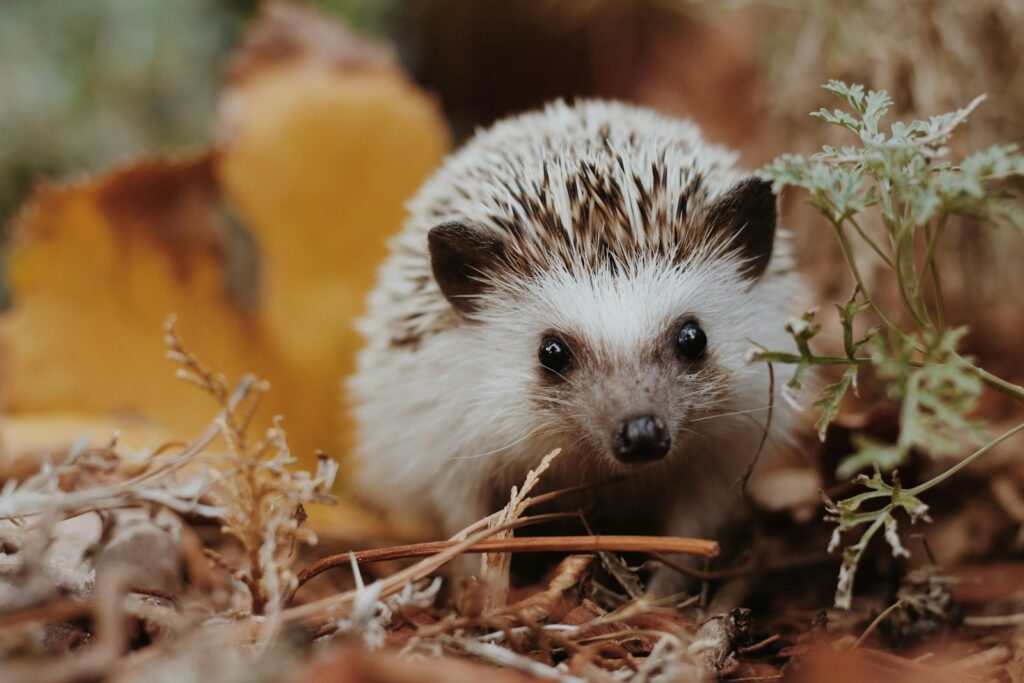
Parasitic infections affect virtually all exotic pet species and represent a significant portion of veterinary visits. External parasites like mites can devastate reptile and bird collections, while internal parasites such as protozoa, nematodes, and cestodes can cause serious health problems across all exotic species. Many exotic pets harbor parasites asymptomatically in the wild, but the stress of captivity can lead to parasite overgrowth and clinical disease. Common symptoms include weight loss despite normal eating habits, diarrhea, visible parasites in feces, abnormal behavior, respiratory difficulty, and in severe cases, anemia or death. Regular parasite screenings through fecal examinations are recommended for most exotic pets, with treatment protocols varying widely depending on the species and parasite identified—what’s safe for one species can be deadly for another.
Stress-Related Disorders
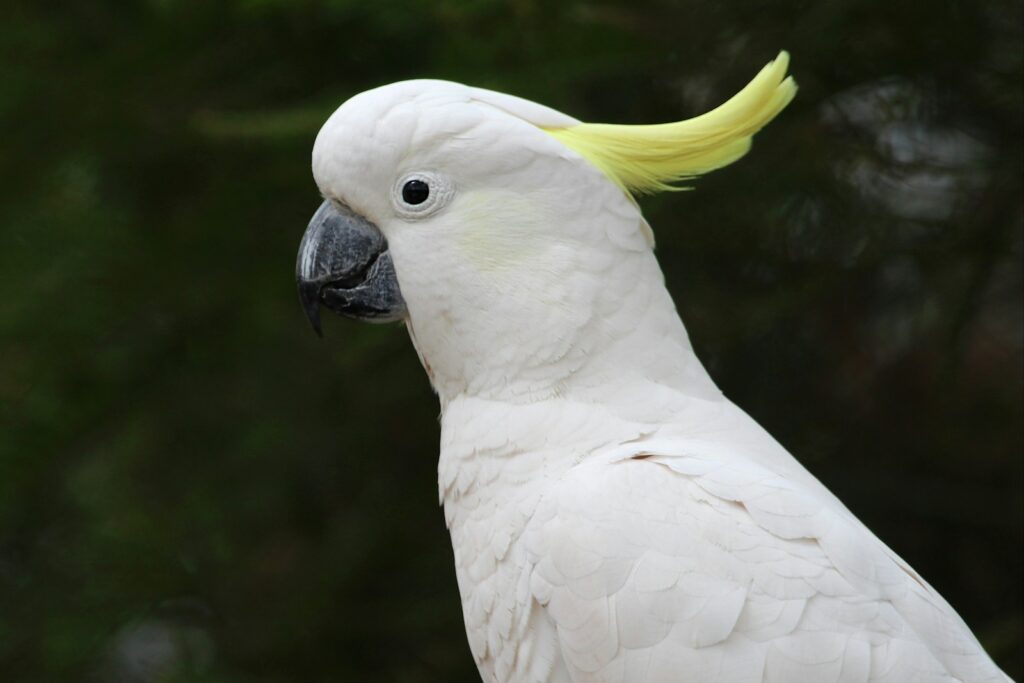
Exotic animals are particularly prone to stress-related disorders in captivity, as their natural behaviors, social structures, and environmental needs are often difficult to replicate in domestic settings. Chronic stress manifests differently across species but commonly leads to immunosuppression, making the animal susceptible to opportunistic infections they would normally resist. Observable symptoms include self-mutilation behaviors like feather plucking in birds or scale rubbing in reptiles, stereotypic movements, appetite changes, aggression, and reproductive dysfunction. Species like sugar gliders may develop self-mutilating behaviors when kept alone, while solitary animals like many reptiles may become stressed when housed with companions. Addressing stress requires understanding species-specific environmental, social, dietary, and behavioral needs, often necessitating significant changes to housing, handling protocols, or daily routines based on professional guidance.
Reproductive Complications
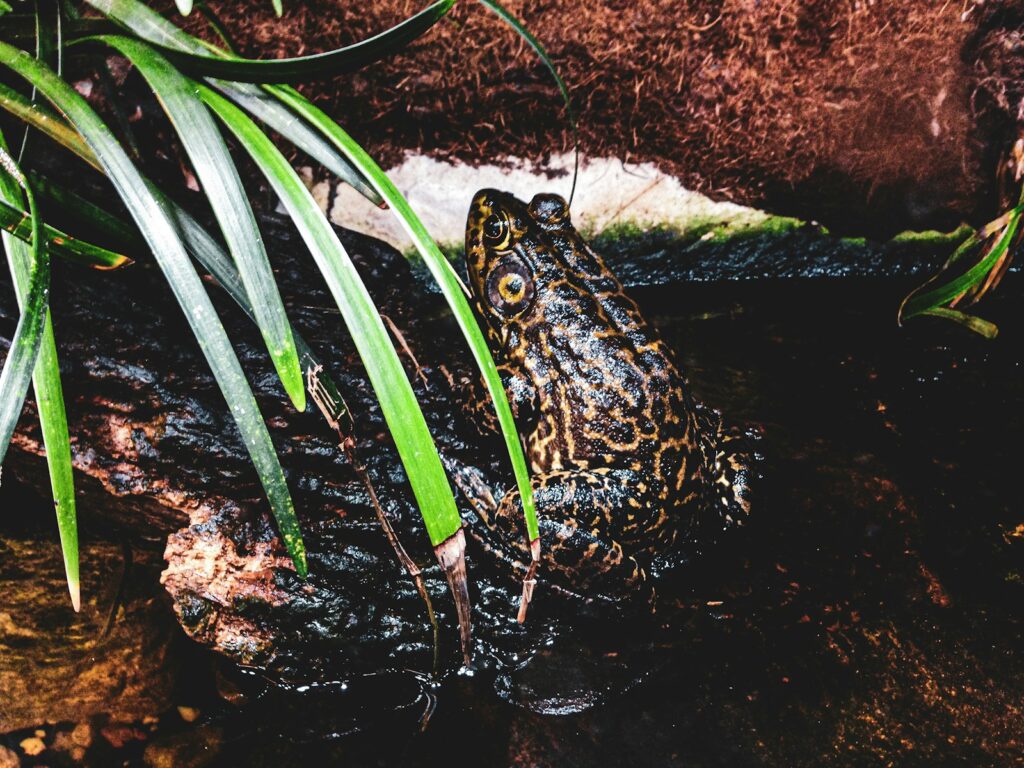
Reproductive issues present serious health risks for many exotic pets, particularly in females. Egg binding (dystocia) in birds, reptiles, and amphibians occurs when an animal is unable to pass eggs normally, creating a potentially fatal emergency situation requiring immediate veterinary intervention. Female small mammals like rabbits and guinea pigs can develop potentially fatal uterine cancer if not spayed, while unspayed ferrets risk developing life-threatening anemia during prolonged heat cycles. Males of various species may develop testicular cancers or exhibit problematic behaviors like aggression or territorial marking. Contributing factors to reproductive complications include calcium deficiencies, improper humidity or nesting areas, obesity, and genetic predispositions. Prevention often involves either appropriate breeding management or surgical sterilization, though the safety and recommendation for these procedures varies significantly between species.
Dental Disease
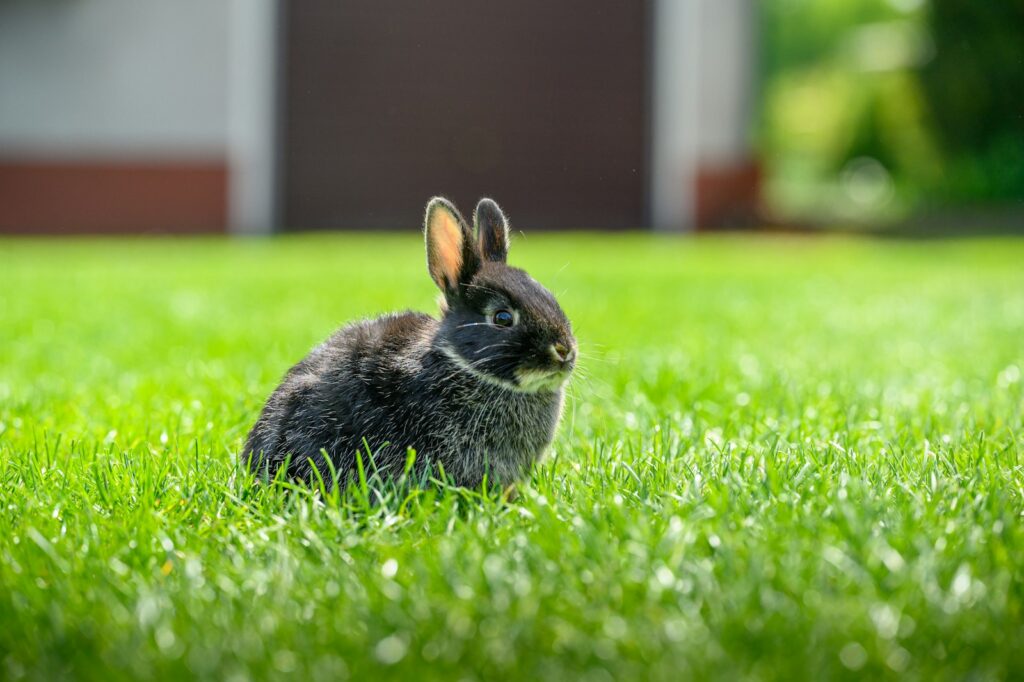
Dental problems plague many exotic species, with particularly high prevalence in rabbits, chinchillas, guinea pigs, and other rodents with continuously growing teeth. Malocclusion (improper alignment of teeth) can lead to overgrowth, preventing normal eating and causing painful spurs that cut into the tongue or cheeks. Reptiles may suffer from mouth rot (infectious stomatitis), a bacterial infection of the gums and mouth tissues that can spread to the bone if untreated. Small primates and sugar gliders commonly develop gum disease and tooth decay when fed inappropriate diets high in simple sugars. Prevention centers on species-appropriate diets—high-fiber foods that promote natural wear for rodents, proper calcium levels for reptiles, and balanced nutrition for all species. Regular veterinary dental checkups are essential, as most exotic animals hide dental pain until conditions become severe.
Temperature-Related Conditions
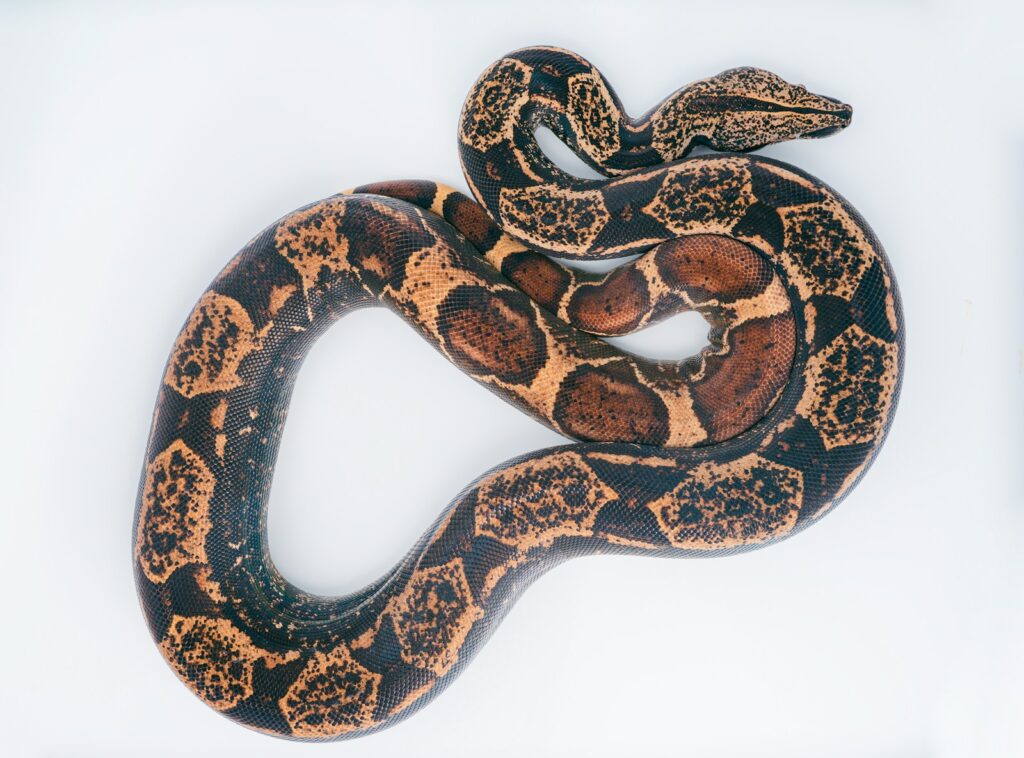
Exotic pets, particularly reptiles and amphibians, are ectothermic (cold-blooded), making them entirely dependent on environmental temperatures to regulate bodily functions. Improper temperature gradients lead to numerous health issues, including digestive problems, immunosuppression, and metabolic disorders. Hypothermia can cause lethargy, anorexia, and eventual organ failure, while hyperthermia may result in neurological damage, dehydration, or death. Even warm-blooded exotic pets like sugar gliders and hedgehogs can suffer from torpor or hypothermia if housing temperatures drop too low. Maintaining proper temperature gradients with warm and cool zones allows animals to thermoregulate naturally, while providing supplemental heat sources like ceramic heaters, heat pads, or basking lamps appropriate to the species. Temperature regulation requirements vary dramatically between species, making species-specific research essential for proper care.
Gastrointestinal Stasis and Blockages

Gastrointestinal (GI) stasis—a dangerous slowing or complete stoppage of the digestive system—is common in many exotic species, particularly herbivorous animals like rabbits, guinea pigs, and chinchillas. This potentially fatal condition can be triggered by improper diet, stress, pain from other conditions, or dehydration, causing bacteria to build up in the digestive tract and produce gas that further inhibits movement. Foreign body obstructions represent another serious GI emergency, occurring when pets ingest inappropriate items like substrate, cage materials, toys, or in the case of reptiles, overly large prey items. Symptoms of GI disorders include reduced or absent fecal output, abdominal swelling, lethargy, hunched posture, and refusal to eat. Treatment depends on the underlying cause but often includes fluid therapy, pain management, motility drugs, and in obstruction cases, possible surgical intervention, making rapid veterinary care essential for positive outcomes.
Skin and Shell Disorders
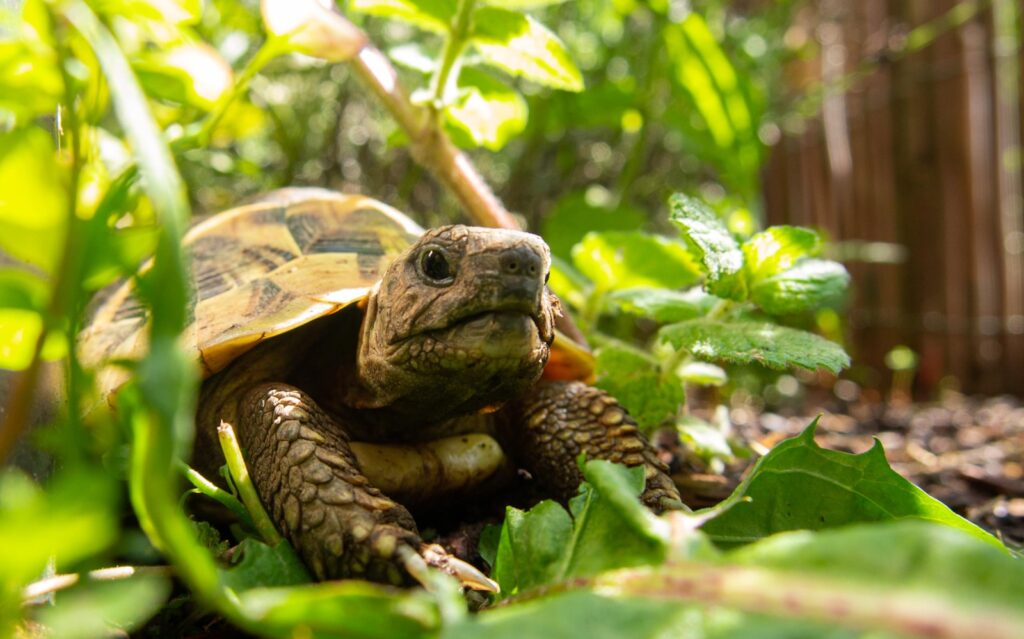
Dermatological problems affect many exotic pets, manifesting differently across species groups. Reptiles commonly experience dysecdysis (abnormal shedding), scale rot, and shell infections or deformities in chelonians (turtles and tortoises). Birds suffer from feather picking, mite infestations, and bacterial or fungal skin infections that can quickly become systemic. Exotic mammals may develop fungal infections, parasitic skin disease, or allergic dermatitis from inappropriate bedding materials. These conditions typically result from suboptimal humidity levels, inadequate nutrition, bacterial or fungal pathogens, parasites, or stress-induced behaviors. Treatment approaches vary widely depending on the underlying cause, ranging from environmental modifications and topical medications to systemic antibiotics or antifungals. Shell disorders in turtles and tortoises require particularly specialized care, as the shell contains living tissue and blood vessels despite its hard appearance.
Zoonotic Disease Concerns

Zoonotic diseases—those transmissible from animals to humans—present significant health concerns for both exotic pets and their owners. Reptiles and amphibians commonly carry Salmonella bacteria asymptomatically, which can cause serious illness in humans, particularly children, the elderly, or immunocompromised individuals. Birds may harbor Psittacosis (parrot fever), a bacterial infection causing respiratory illness in humans. Small mammals can transmit various diseases including Lymphocytic Choriomeningitis Virus (from rodents) and ringworm fungal infections. Preventive measures include thorough handwashing after handling animals or cleaning habitats, keeping exotic pets away from food preparation areas, and regular veterinary screening for communicable diseases. While zoonotic disease risk should not discourage responsible exotic pet ownership, understanding and mitigating these risks through proper hygiene and veterinary care is essential for protecting both human and animal health.
Finding Qualified Veterinary Care
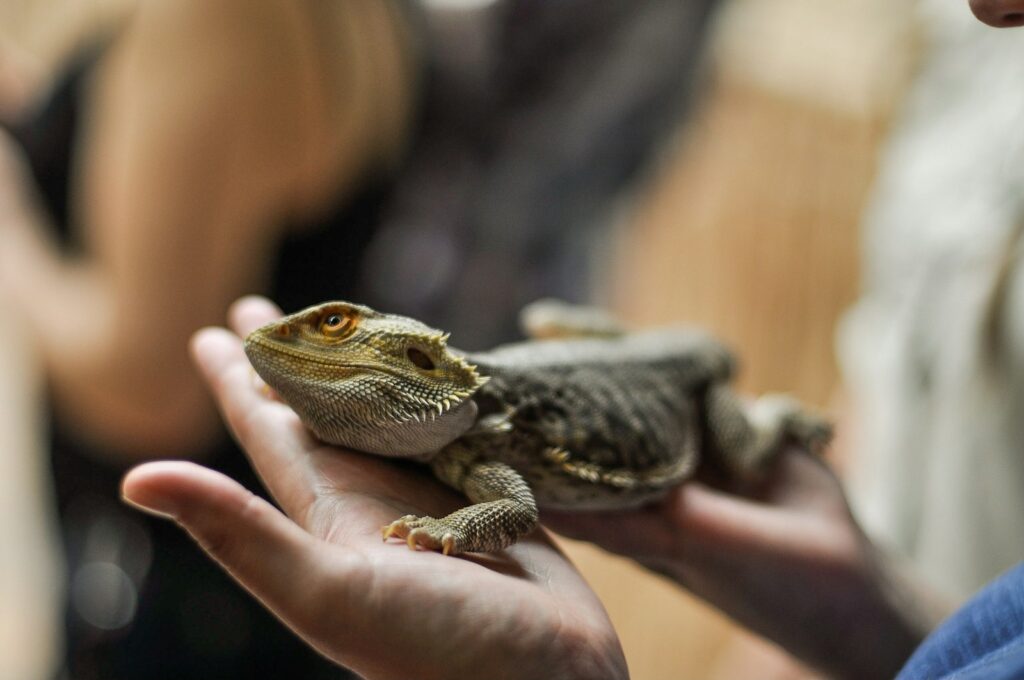
Perhaps the most significant challenge facing exotic pet owners is finding qualified veterinary care, as most veterinarians receive minimal training in exotic animal medicine during their education. Many well-meaning general practice veterinarians may be uncomfortable or inexperienced with exotic species, potentially leading to missed diagnoses or inappropriate treatment protocols. Specialized training and continuing education in exotic animal medicine is essential for proper care, as dosing, diagnostic approaches, and treatment protocols differ significantly from those used for cats and dogs. Owners should seek veterinarians with certification from the American Board of Veterinary Practitioners in Exotic Companion Mammal Practice, Reptile and Amphibian Practice, or Avian Practice when possible. Establishing a relationship with an exotic veterinarian before emergencies occur is crucial, as is maintaining a financial plan for veterinary care, which typically costs more than care for traditional pets due to the specialized knowledge and equipment required.
Conclusion
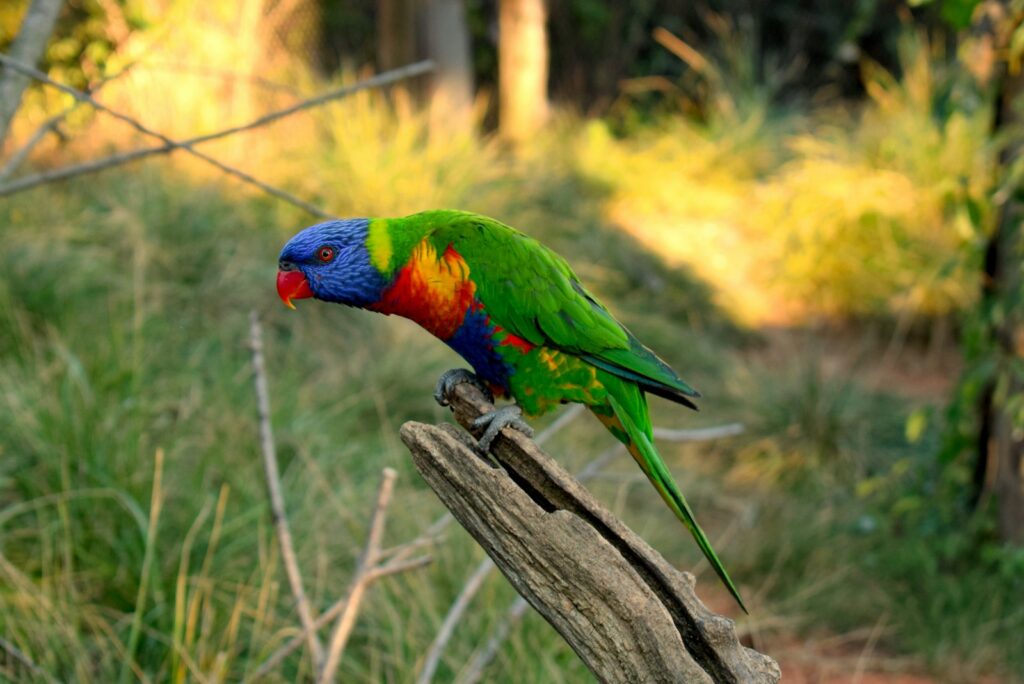
Exotic pet ownership brings unique joys and significant responsibilities. Understanding and preventing these common health problems requires dedicated research, specialized veterinary partnerships, and commitment to species-appropriate care. Many exotic pet health issues stem from inadequate information or well-intentioned but improper husbandry practices. Prospective owners should thoroughly research their chosen species’ needs before acquisition and budget for specialized veterinary care throughout the animal’s life. With proper preventive care, appropriate diet, suitable housing, and regular veterinary check-ups, many exotic pets can live long, healthy lives. The field of exotic pet medicine continues to evolve, offering increasingly sophisticated care options for these unique animal companions.

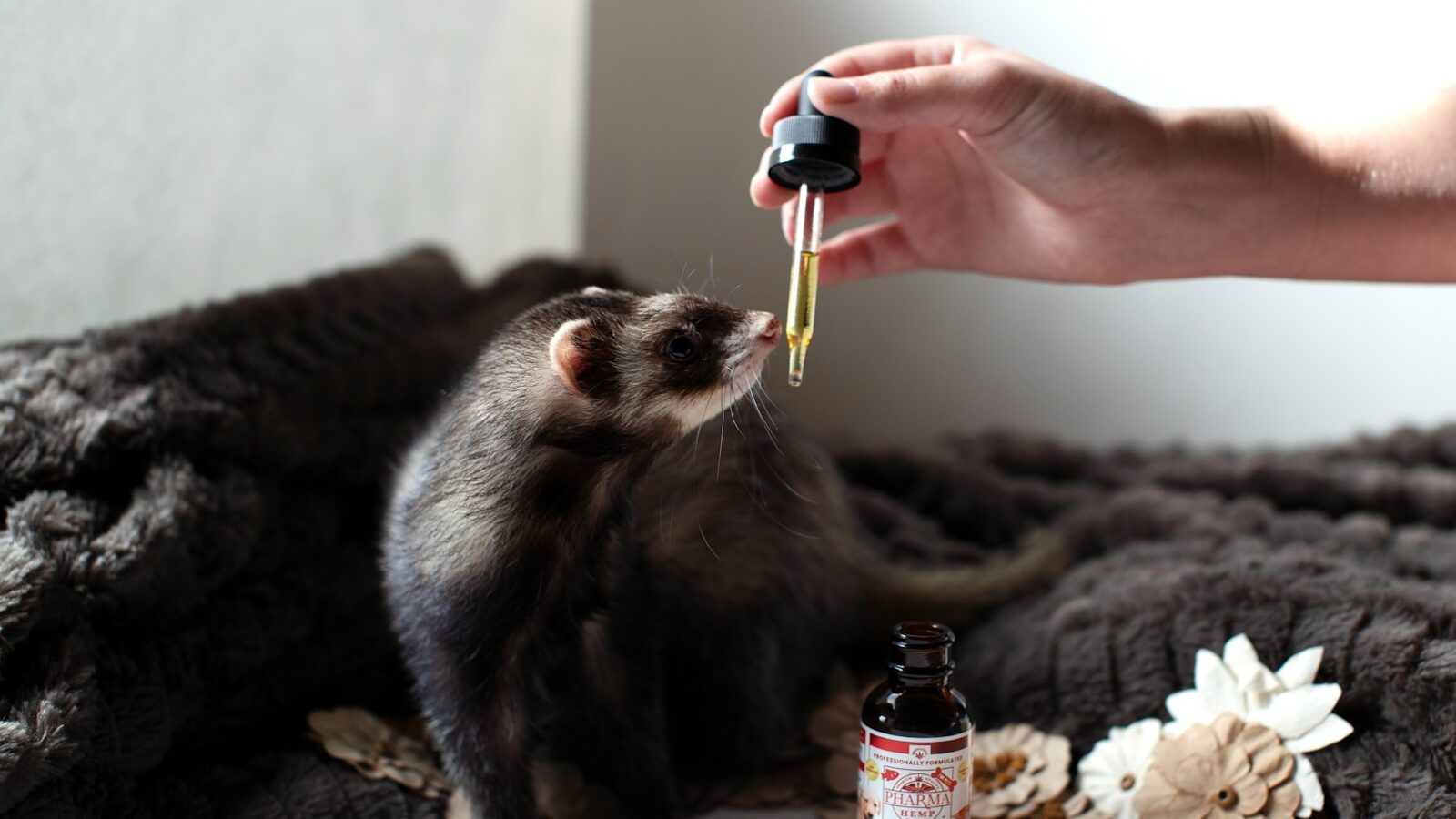


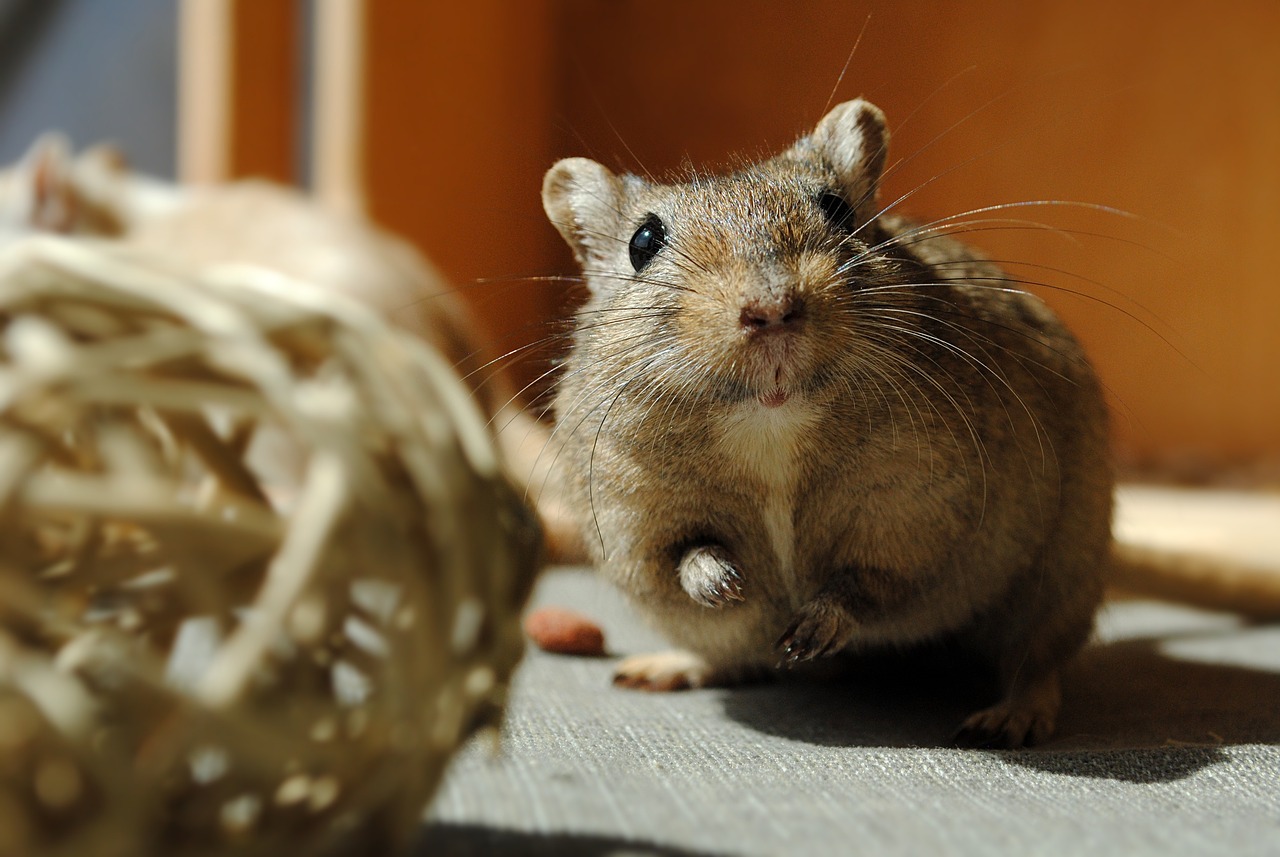

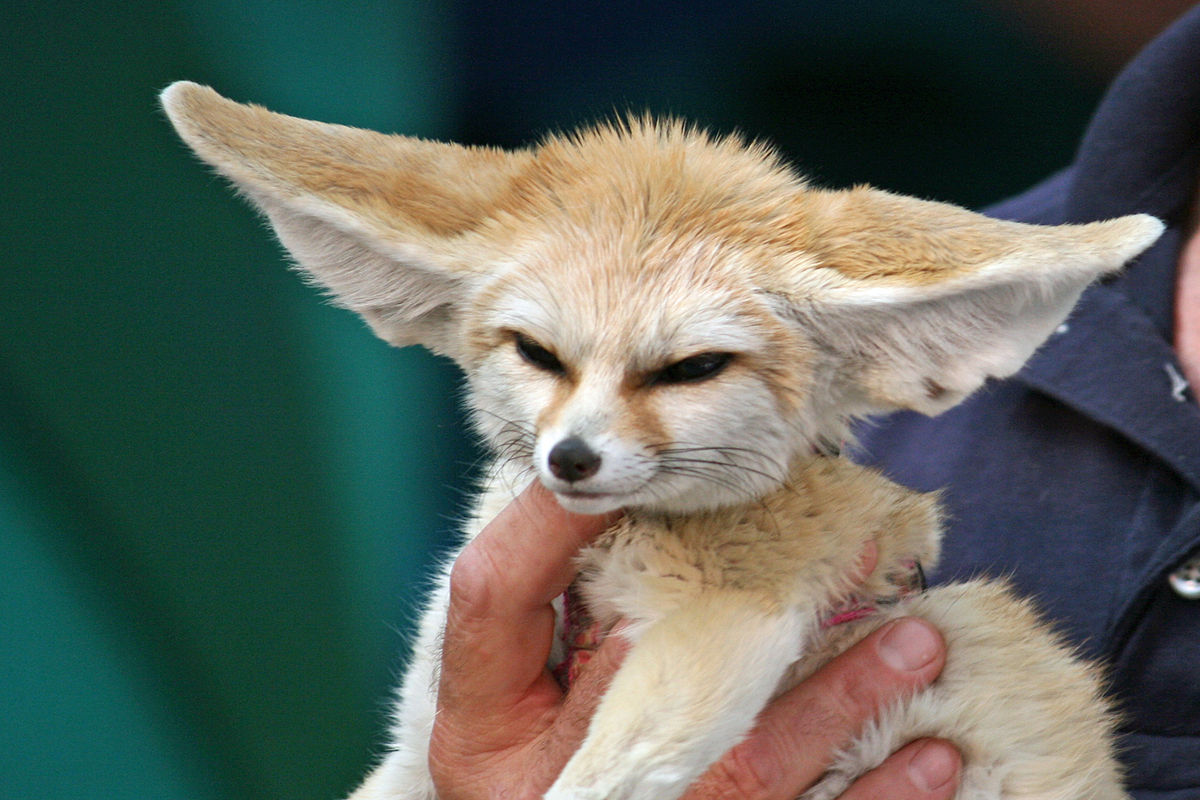



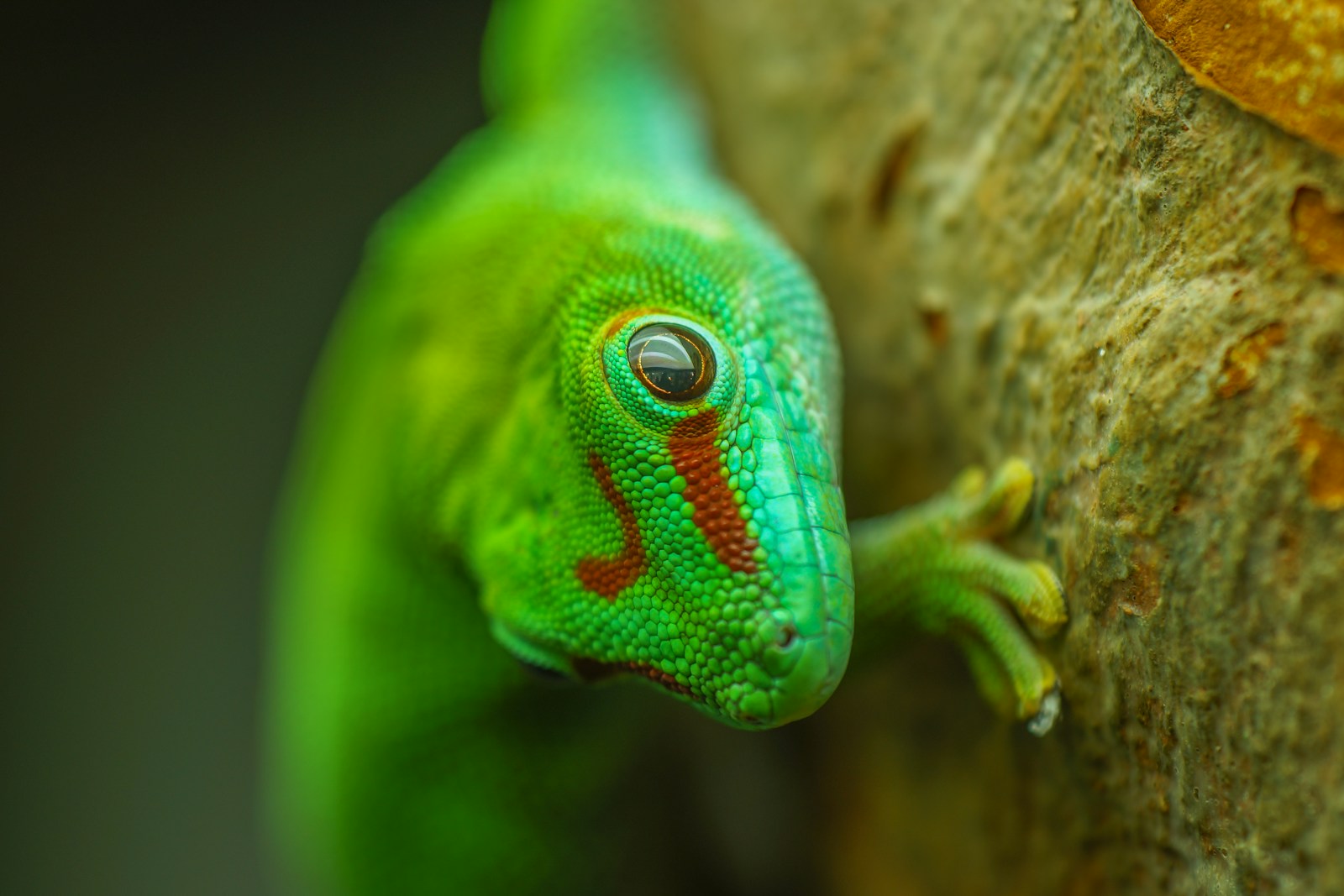
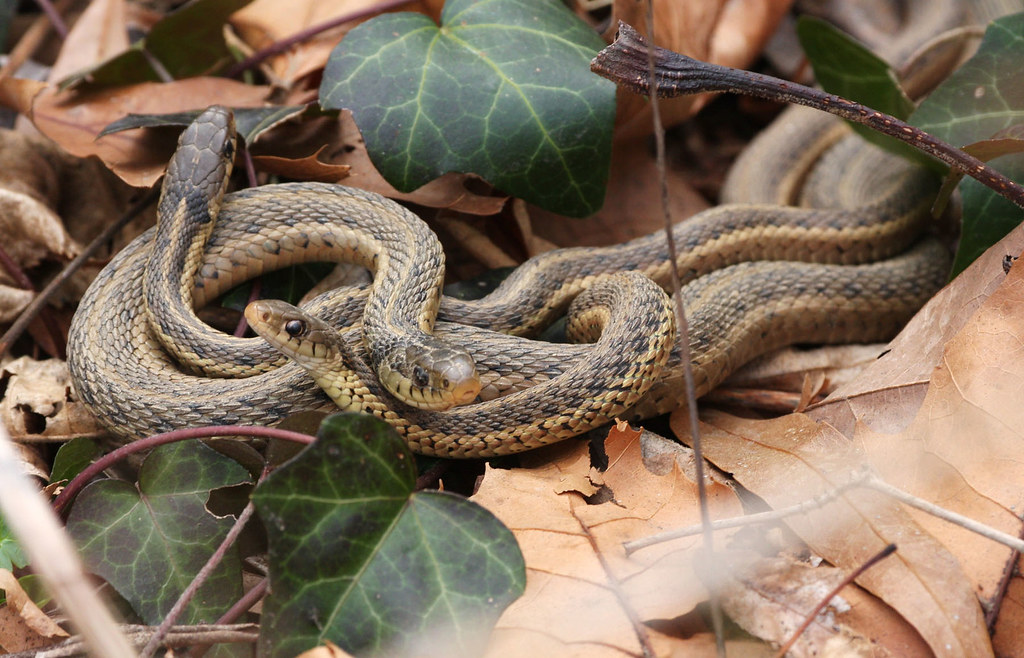




Leave a Reply